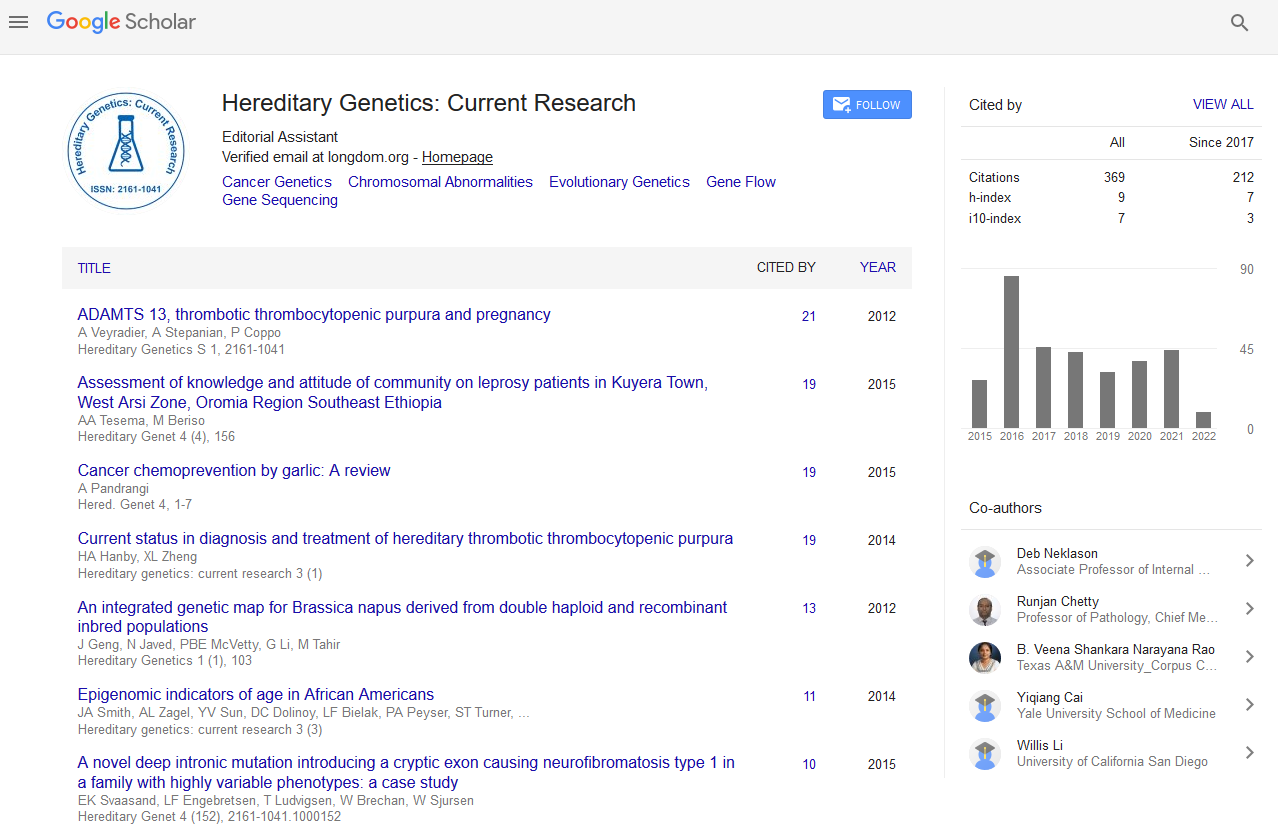PMC/PubMed Indexed Articles
Indexed In
- Open J Gate
- Genamics JournalSeek
- CiteFactor
- RefSeek
- Hamdard University
- EBSCO A-Z
- NSD - Norwegian Centre for Research Data
- OCLC- WorldCat
- Publons
- Geneva Foundation for Medical Education and Research
- Euro Pub
- Google Scholar
Useful Links
Share This Page
Journal Flyer

Open Access Journals
- Agri and Aquaculture
- Biochemistry
- Bioinformatics & Systems Biology
- Business & Management
- Chemistry
- Clinical Sciences
- Engineering
- Food & Nutrition
- General Science
- Genetics & Molecular Biology
- Immunology & Microbiology
- Medical Sciences
- Neuroscience & Psychology
- Nursing & Health Care
- Pharmaceutical Sciences
Abstract
Effect of substrate concentration and retention time on the acidogenic fermentation of food waste
Serena Simonetti
Volatile fatty acids (VFA), ethanol and lactic acid are intermediate liquid products in anaerobic digestion (AD), whose economic value is higher than methane. They are currently produced from petrochemical sources and food crops and their industrial production from AD is not yet economically feasible, because of high recovery costs and product inhibition. Hence, a concentrated substrate, rarely investigated, would facilitate their recovery and lead to a higher volumetric productivity. To maximise yield, concentration and productivity, batch and semi-continuous reactors were run, investigating different food waste (FW) concentrations, hydraulic and sludge retention times (HRT and SRT). For the process economy, room temperature was maintained and pH was uncontrolled, reaching acidic values that inhibit methanogens. Lactate was the main product, representing 80% in most experiments, followed by acetate, most probably due to the low pH (around 4). Substrate concentrations between 429 and 27 gCOD/l were assessed in batch runs. Results achieved with a more concentrated FW have so far been promising, reaching a maximum product concentration of 60 g/l with 429 gCOD/l of feed and similar yields at all concentrations (18-8% COD/COD). Different HRT and SRT were investigated in combination with different substrate concentrations. A maximum product concentration of 16 g/l and productivity of 6 g/l*d were obtained in a sequencing batch reactor (SBR) with HRT of 2 days, SRT of 5 days and fed with 107 gCOD/l. However, maximum yield of 27% COD/COD was achieved in a continuous stirred tank reactor (CSTR) with HRT of 30 days, fed with 54 gCOD/l.
Published Date: 2020-10-25;


